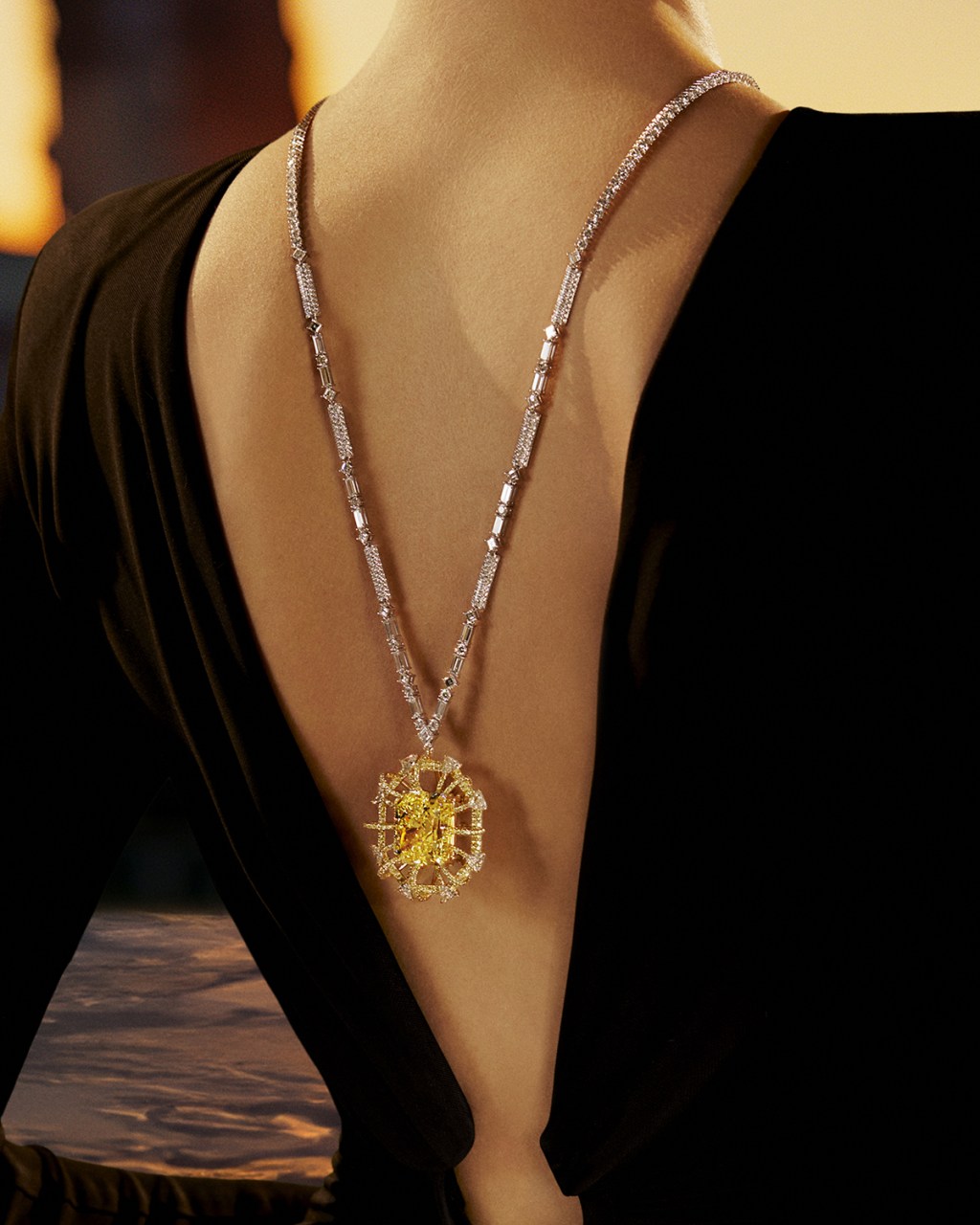Jewels of a Bride: Modern Twists to The Solah Shringar
Natural Diamonds have gracefully waltzed into the 16 elements of the Solah Shringar through the ages. We throw some light on how the Modern Indian Bride is re-defining this tradition in unique ways.
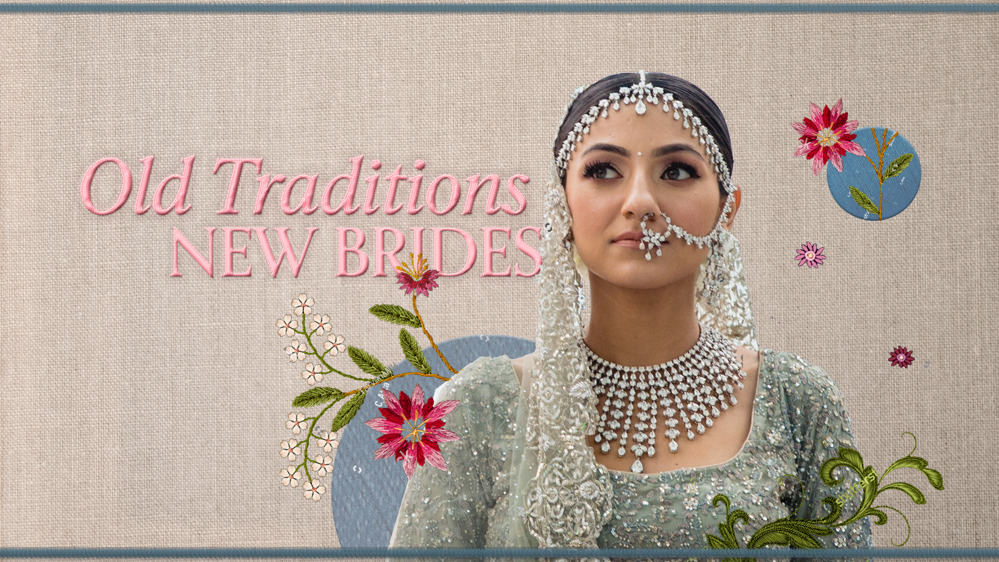
Beloved of ancient civilizations and modern-day connoisseurs alike, the adornments of a bride, crafted using solid gold and lots of natural diamonds, transcend seasons and sensibilities.
“Each bride has something of a dramatic debut at the ritual-and-pomp laden Indian wedding itinerary. And it’s hardly surprising though when you single out every element that constitutes solah shringar—it’s grand, it’s glistening, and it’s chock-full of history”
Few visuals are as iconic as the quintessential Indian bride. Elaborate and elegant, her wedding look—replete with a gamut of gems and ornamentation—has long been an evocative one, stirring self-love and admiration in equal measure. It’s wedding tradition actually: the first time a woman sports solah shringar (the traditional Indian protocol of 16 bridal adornments) is on her big day. Call it the coming-of-age metamorphosis, from girlhood to womanhood, which signifies her indoctrination into marital bliss.
As a result, each bride has something of a dramatic debut at the ritual-and-pomp laden Indian wedding itinerary. And it’s hardly surprising though when you single out every element that constitutes solah shringar—it’s grand, it’s glistening, and it’s chock-full of history. Its lineage is one of goddesses, royals, and romantics everywhere.
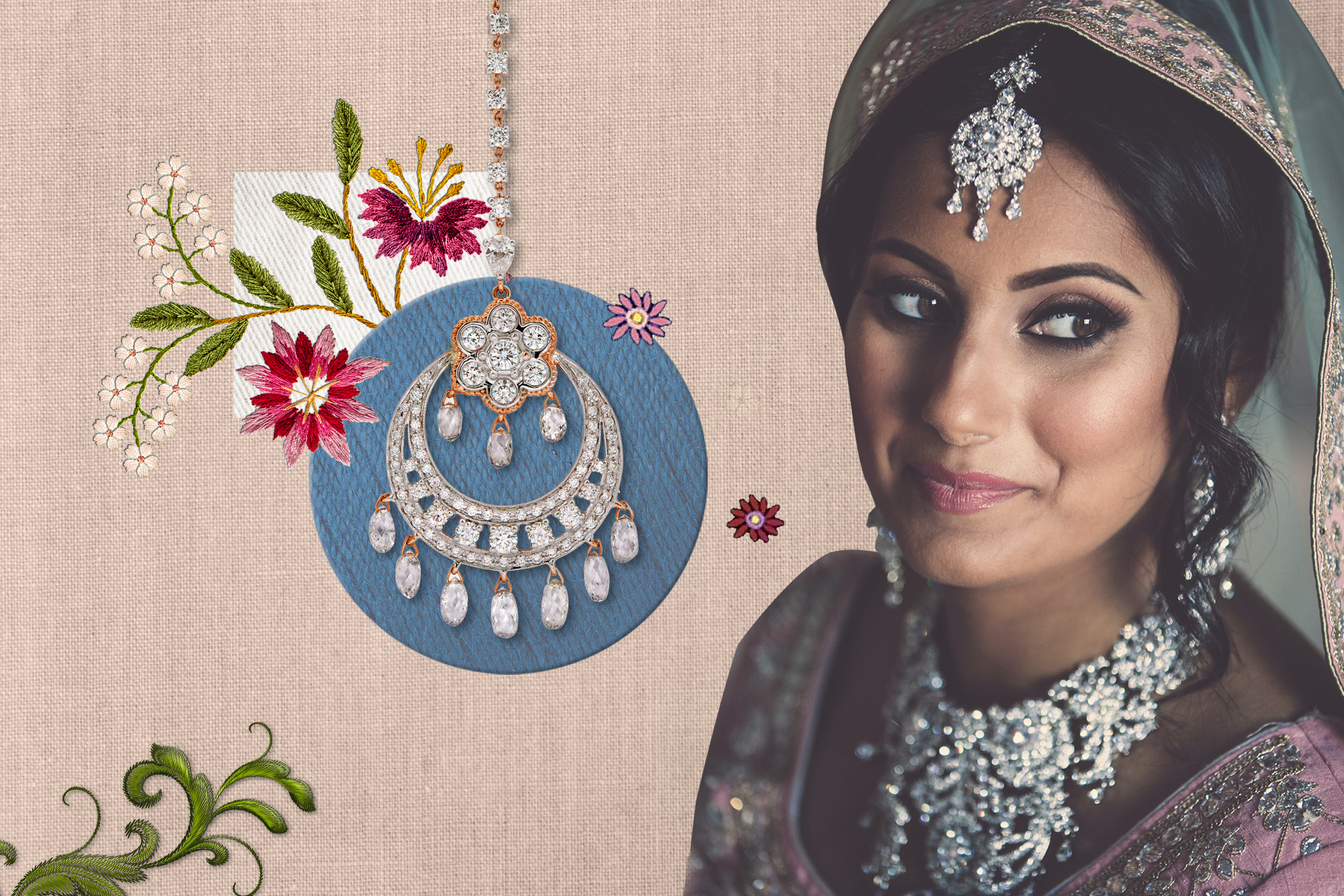
Jewellry: Rose
The Art and Worship of Solah Shringar
But a bride bedecking herself from top-to-toe in the ritually prescribed way is not just a pursuit of beautification—instead, it’s a practice laden with emotional significance. The solah shringar is rightfully her way of self-expression. Maybe it’s the pride in wearing the same haar that her mother wore on her wedding day or simply the need to make a fashion statement with a modern take on the kamarbandh. The solah shringar poses nothing short of an armour for her new beginning, her new life, one that’s enriched with memories old and new and a newfound appreciation for the jewellery associated with her big day. Over the years, natural diamonds have become an indispensable part of some of these time-honoured jewels, promising a contemporary update to the traditional look.
While solah shringar’s exact origin is contended, historians attribute the practice back to prehistoric times. Siddarth Rupchand Sawansukha, the owner at Sawansukha Jewellers, says, “Some believe that women are a form of Shakti, the Goddess of power. They have immense strength and power in them, which is why the solah shringar ornaments play a peculiar role in protecting the body from energy outbursts. Some trace it to the legend of Radha-Krishna.”
Then and Now: The Evolution of Solah Shringar
The 21st century incarnation of the jewellery comprising solah shringar suggests a certain kind of classicism and also a certain kind of cool. Whether as quotidian as shoulder-duster earrings or as exceptional as a solid gold armlet, the ornaments are just as revered, but reinvented with contemporary sensibilities and reinvigorated with lots of natural diamonds. Function and inspiration are prioritized, making them modern-day heirlooms to be re-worn, re-styled and repeated. The long (and short) story of necklaces is the readiest answer to this rethink. Even today, they stand out, announcing themselves (and the ostentatious gems that make them). “The use of natural diamonds to replicate traditional designs is the most interesting shift,” explains third-generation jeweller of his family and CEO of Hazoorilal Legacy, Rohan Narang.
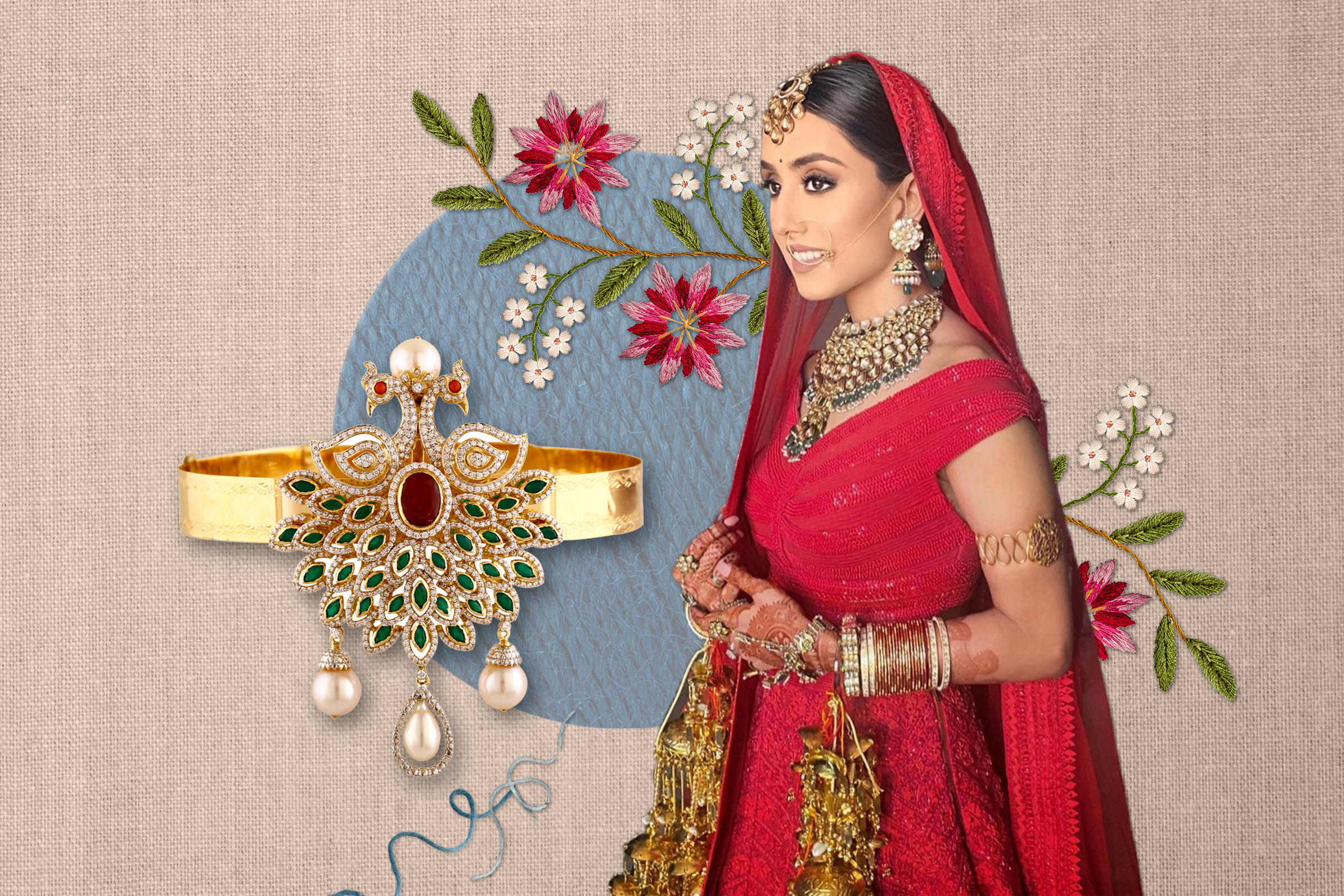
Image: Upasana J Ghai | Jewellry: Kirtilals
“Credit this to the new-age bride, who no longer wants to follow norms. Instead, she wants her solah shringar to be an extension of her identity. This is why diamonds have entered the fray.”
Rohan Narang, CEO of Hazoorilal Legacy.
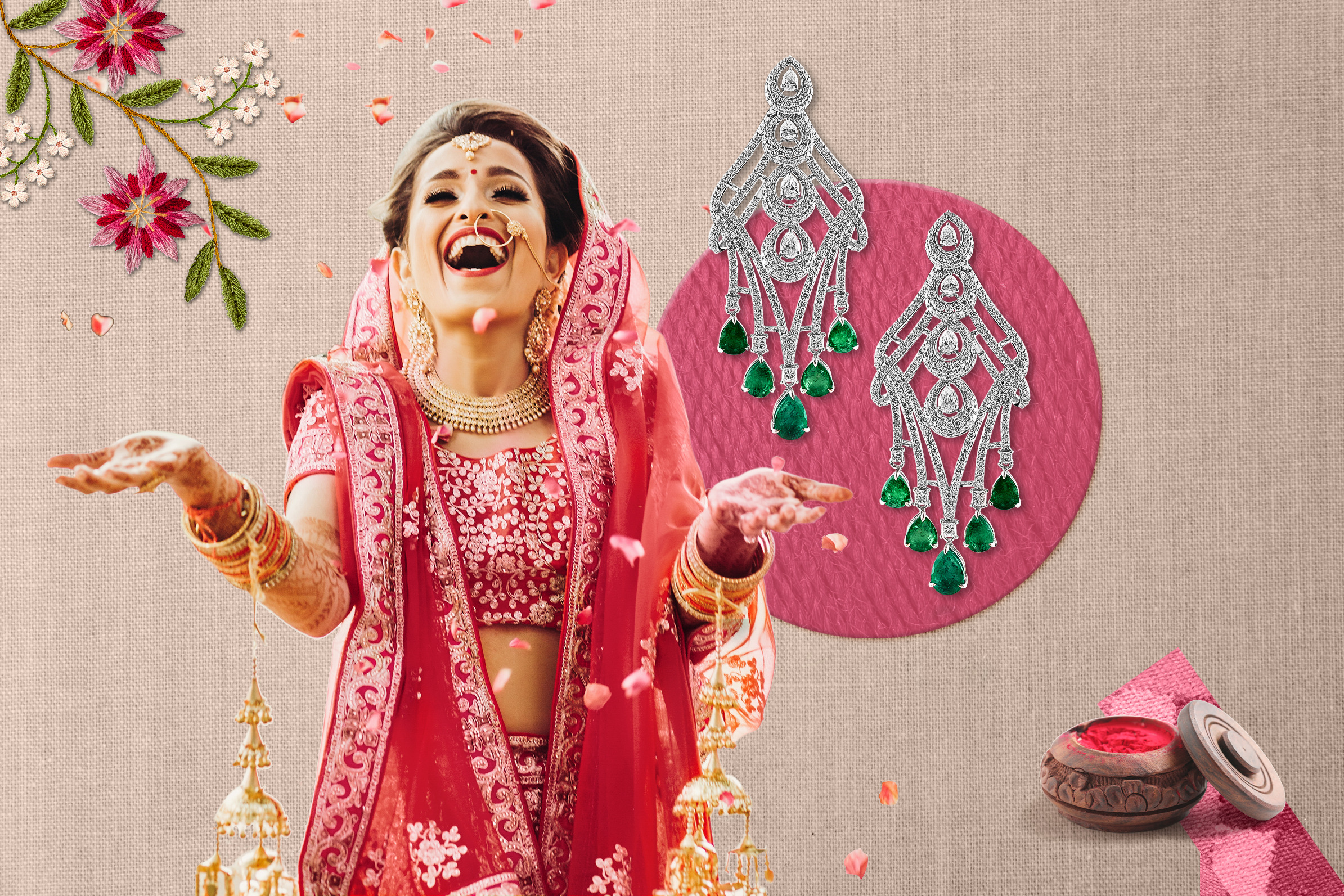
Jewellry: Narayan Jewellers
Rohan’s brand has been dabbling with natural diamonds even for Polki-heavy concepts like rani haars and chokers. “We were among the first jewellers to design the bridal favourite satlada necklace with diamonds, rather than pearls.” The best part about making jewellery with 18-carat gold and diamonds, he says, is that the pieces are much lighter and more wearable.
This comes as a ray of hope for the new-age bride who is looking to strike a balance between comfort and tradition on her wedding day, especially through the jewellery that she dons – be it trading her stilettos for sneakers or strutting a bohemian aesthetic. The appeal of these jewellery pieces also extends to the fact that they serve as the perfect heirlooms, symbolising a cauldron of emotions associated with them.
Other timeless pieces such as earrings have become a staple not just in bridal bijoux boxes, but wedding wardrobes everywhere. Be it conventional jhumkas and chaandbalis or red carpet-ready chandelier danglers, its natural diamond iterations continue to enjoy steady patronage in contemporary Indian culture. Nath, the humble nose ornament, has received a diamond-forward modern makeover too. Wherein, some jewellers have leveraged dainty designs using natural diamonds in unusual cuts like the rose or the kite cut, others present hybrid spin-offs that combine both full-cut and Polki diamonds. Then there are natural diamond variants of the Nath that showcase a present-day appeal—taking influences from Art Deco, abstract art as well as elements of flora and fauna. Call it a marriage of the old and the new—much like the 21st century bride herself, who prizes her roots just as much as her global outlook.
In the hands of Yash Agarwal, creative director and partner of heritage jewellery house Birdhichand Ghanshyamdas, with his inclusion of diamonds and detachable functions, jewels of solah shringar have become something delectable. “Our maang tikkas take different forms and can be used as pendants later. The same goes for the buckles on the kamarbandhs. With hathphools, the rings and bracelet are detachable so they can be styled separately down the road,” he avers.
What hasn’t changed, through the decades, is the allure of natural diamonds. “In Rajasthan, especially in Jaipur, all the pieces part of solah shringar were always crafted in natural diamonds, be it Polkis or fine. Now, we use diamonds more judiciously to make them more diverse, more fun. The idea is to make jewellery look less bulky, yet make a statement,” Yash acknowledges. Siddharth Sawansukha of Sawansukha Jewellers – which has been in the business for almost 250 years – says, “we have integrated natural diamonds in our jewellery through trendier, smarter designs in traditional pieces”.
Some brides nod towards the solah shringar to indicate a pinnacle point in their lives and for some, it’s a twinkling tribute of freedom and sartorial expression. With each piece of jewellery finding its merited place in the celebration of a bride’s breathtaking attire, it partakes in carrying the sentimental bag that holds her joy, excitement, nervousness and hope. This is where diamonds serve not just as a symbol of permanence and heritage, but also heirlooms for posterity. Either way, the tradition of 16 unique embellishments meets unanimous accord from all brides on one truth—the jewellery adorning her to make her look and feel like a woman of indomitable spirit, are her truest, most endearing companions as she embarks on a completely new journey.
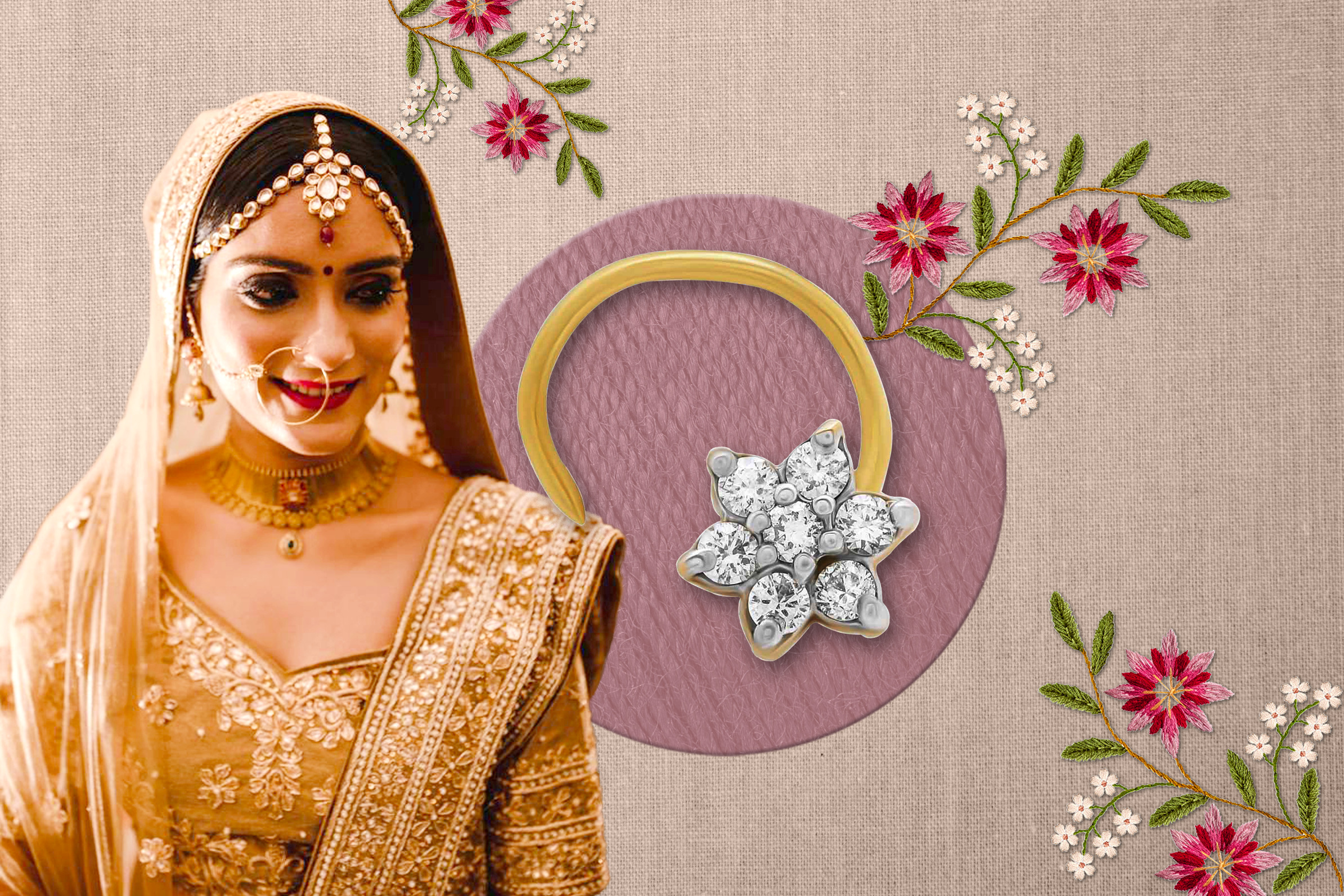
Image: Mahek Arora | Jewellry: Waman Hari Pethe Jewellers
